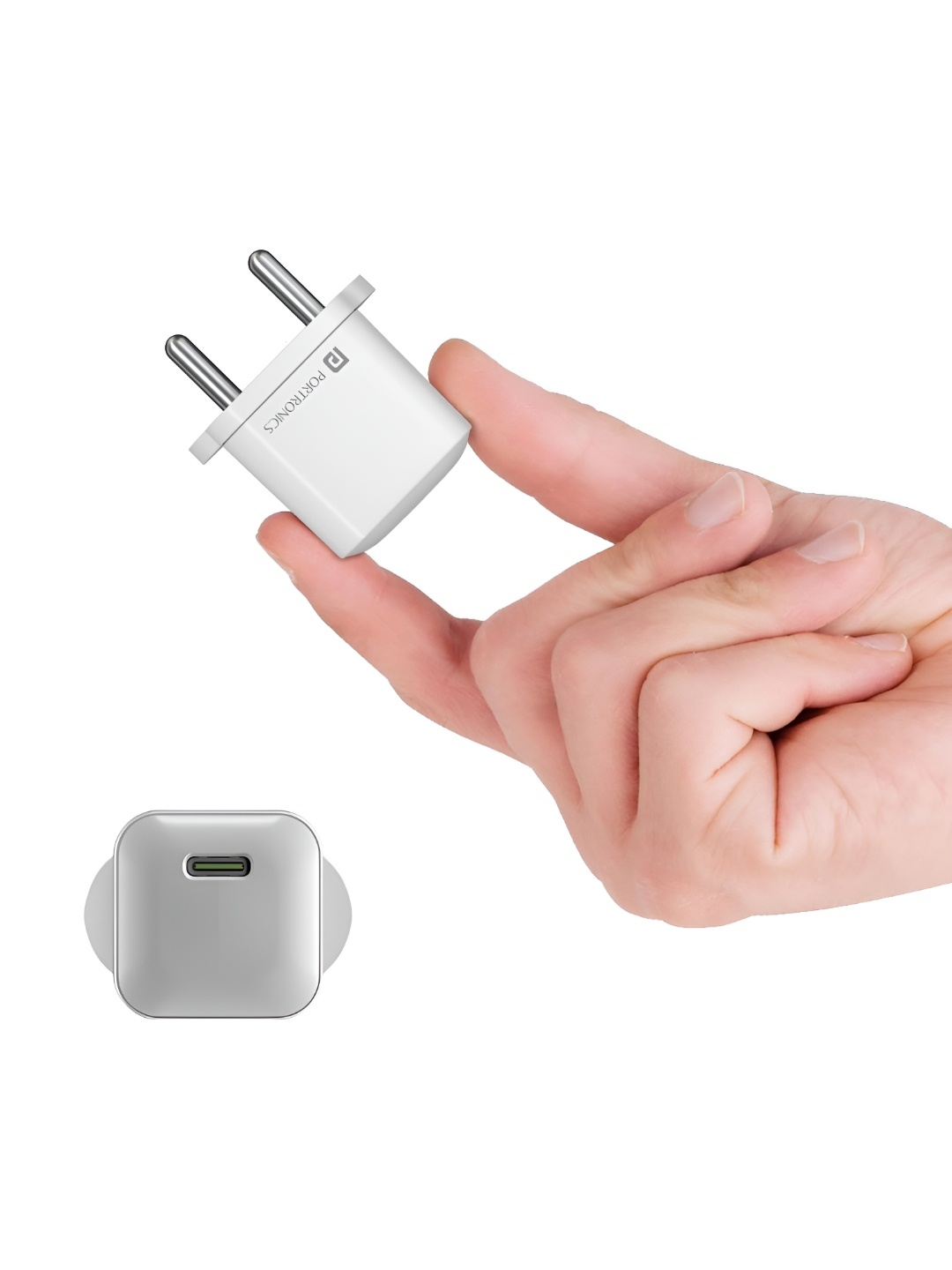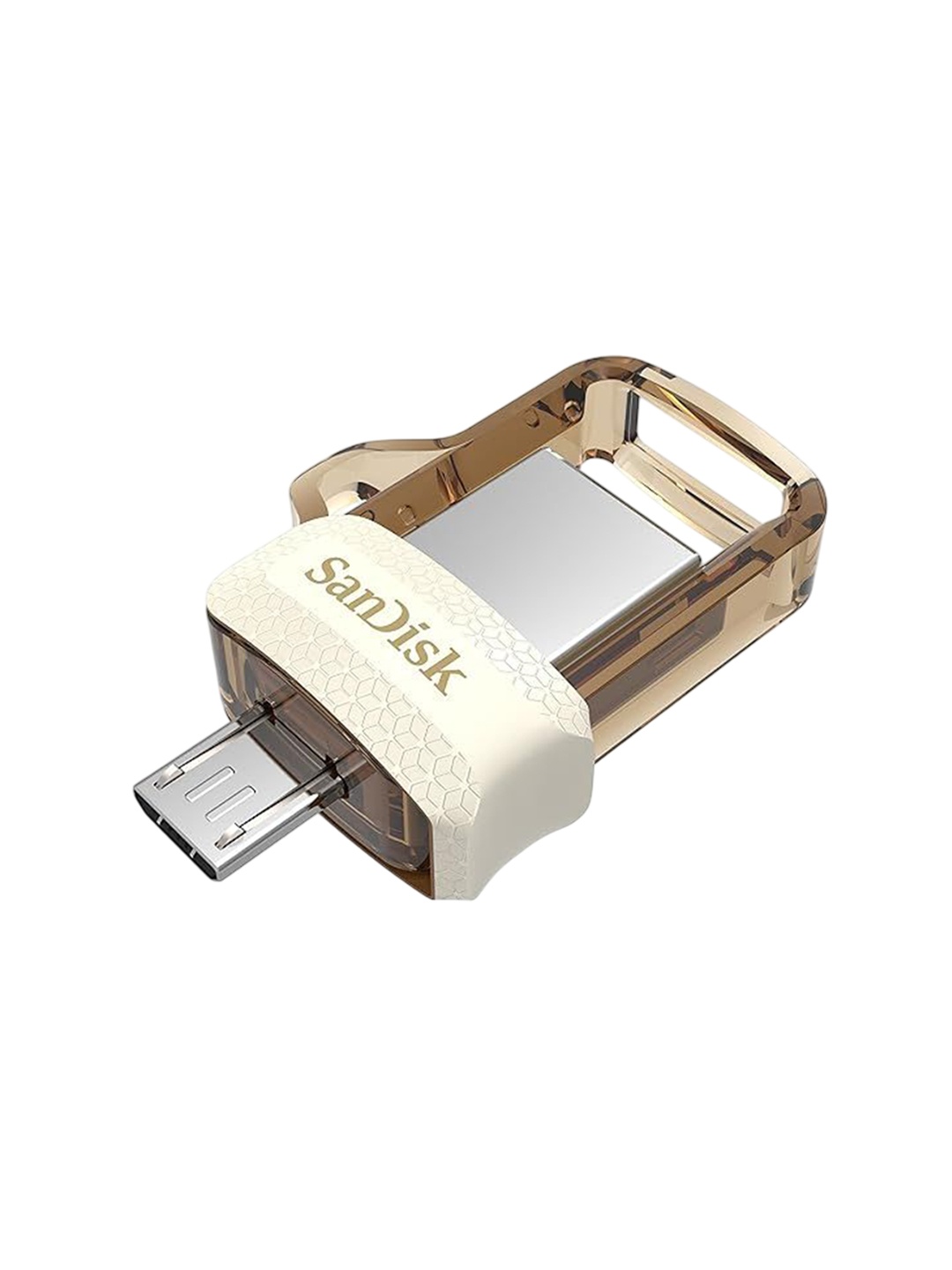How To Apply Shampoo and Conditioner: Check Step-by-Step Tips And Top 12 Deals On Myntra
We all know how important shampoo and conditioner are for healthy hair. Let us explore simple yet effective tips for applying shampoo and conditioner the right way, ensuring your hair gets the best treatment every time. Check out the top 12 deals now available on Myntra.

Master The Art Of Shampooing And Conditioning And Check Top 12 Deals On Myntra
When it comes to hair care, we often focus on choosing the right products, be it the shampoo that promises volume or the conditioner that claims to tame frizz. However, there's one crucial aspect that many of us overlook: how we apply shampoo and conditioner. The technique makes a significant impact on the health of your hair, and getting it right can be the difference between limp, lifeless locks and shiny, nourished strands. In a country like India, where diverse climates, water quality, and hair types prevail, the way you treat your hair is even more crucial. Whether you live in the humid coastal regions, the dry plains, or the cool, mountainous terrains, your hair is constantly exposed to elements that affect its health. Thus, paying attention to your washing routine and applying products with care can go a long way in maintaining healthy, vibrant hair.
So, how should you apply your shampoo and conditioner to ensure your hair is getting the best possible care? Let's dive into some simple yet effective steps that will ensure your hair feels as good as it looks and also check out the top 12 deals now available on Myntra.
1. Rinse Your Hair Thoroughly Before Applying Shampoo
It might seem like an obvious step, but it's one many people tend to skip in their rush. Rinsing your hair thoroughly before applying shampoo ensures that you remove the excess dirt, sweat, and oils from the surface. This step is crucial, especially in Indian cities where pollution and dust can build up quickly.
Think of your hair like a canvas, it needs to be clean before you start applying the paint. If you don't rinse your hair enough, the shampoo can't effectively penetrate the strands, which means you end up using more product than necessary. This not only wastes your shampoo but also causes unnecessary product buildup, leaving your hair feeling heavy and greasy.
So, always start with a thorough rinse, using lukewarm water. Hot water can strip your hair of natural oils, while cold water might not remove dirt and oils effectively. Lukewarm water is the happy medium that ensures clean and soft hair.
2. Use the Right Amount of Shampoo (Not Too Much, Not Too Little)
We've all been there, standing in front of the shower, unsure whether to apply a small dollop or squeeze out half the bottle. The amount of shampoo you use can significantly affect the health of your hair. Too much product can cause it to feel weighed down, while too little may not cleanse your hair properly.
A general rule of thumb: a coin-sized amount of shampoo is usually enough for medium-length hair. For longer hair, you might need to increase the quantity slightly, but don't go overboard. Also, it's important to remember that shampoo is designed to cleanse your scalp, not your ends. The roots need the most attention, as that's where oil and product buildup gather. Gently lather the shampoo between your hands before applying it to your scalp and hair.
If you're using a product with a lot of lather, try to avoid the temptation to add more. The lather is a sign that the shampoo is doing its job. Just work it through your hair, focusing on the roots, and let the rest of the shampoo wash through the lengths as you rinse.
Also Read: Know How To Find The Perfect Shampoo For Every Hair Type And Check Top 10 Products On Amazon
3. Massage Your Scalp Gently (No Scrubbing or Tearing!)
We've all been told to massage our scalp, but did you know there's a right way to do it? A good scalp massage can stimulate blood flow, encourage hair growth, and ensure that the shampoo works its magic. But here's the key: gentle strokes.
Many of us are tempted to scrub our scalps vigorously, thinking it will help remove all the buildup. But this can be damaging. Scrubbing too hard can lead to hair breakage, irritation, and even scalp inflammation. Instead, use your fingertips, not your nails, to massage in circular motions. Think of it as giving your scalp a gentle, relaxing spa treatment, rather than scrubbing a dirty pot.
By massaging your scalp gently for about 30 seconds, you're not only ensuring a thorough cleanse but also promoting healthier, stronger hair growth. Plus, it feels pretty good too!
4. Rinse With Cool Water For Shine
After shampooing, many people immediately reach for the hot water, hoping it will rinse off all the suds quickly. But hot water can actually strip your hair of moisture and natural oils, leaving it dry and dull. Instead, try rinsing your hair with cool water to seal the cuticle of the hair and add a natural shine.
Cool water helps smooth the outer layer of your hair, reducing frizz and locking in moisture, which is especially important in the Indian heat, where humidity can leave hair looking limp and unkempt. By simply finishing your hair-washing routine with a cold rinse, you're giving your hair that added glow and a healthy shine without the need for styling products.
If you find cool water too uncomfortable, you can end with a lukewarm rinse, but avoid scalding hot water at all costs.
5. Apply Conditioner Correctly (Focus on the Ends, Not the Roots)
Conditioner is like a post-workout snack for your hair. It helps replenish moisture, adds softness, and reduces tangles. But applying conditioner incorrectly can cause buildup and make your hair greasy. Many people mistakenly apply conditioner directly to the roots, but this can weigh your hair down.
Instead, apply conditioner from the mid-lengths to the ends, where your hair is drier and more prone to damage. The ends are the oldest part of your hair, so they need more attention. By focusing on the tips, you'll avoid a greasy scalp and help the conditioner work its magic on the areas that need it most.
Another common mistake is leaving the conditioner in for too long. While some intensive conditioners recommend longer treatments, standard conditioners only need a couple of minutes to work. Give it about 2-3 minutes and then rinse thoroughly.
6. Detangle Your Hair With Care Post-Conditioning
While your hair is still wet and conditioned, it's the perfect time to detangle it, but you need to do this gently. Wet hair is more fragile and prone to breakage, so using a fine-toothed comb or your fingers (if you can) is the best approach. Start from the ends and work your way up to the roots. This helps to ease out knots without pulling on the hair, which can cause unnecessary breakage.
Also, avoid using brushes when your hair is wet, especially those with plastic bristles, since they can damage the hair shaft. Opt for wide-toothed wooden combs instead, as they are gentler on your hair and help prevent static. If you can, allow your hair to air-dry a bit before brushing it through to minimise damage.
7. Avoid Over-Washing Your Hair
Over-washing your hair can strip it of essential oils, leaving it dry and lifeless. While it's tempting to shampoo your hair every day, doing so can have the opposite effect on its health. In India, with its hot and humid climate, daily washing may seem like a necessity, but it's important to consider your hair type and needs.
If your hair is on the drier side, aim to wash it just two to three times a week. For those with oilier hair types, you might need to wash it a bit more frequently, but avoid excessive shampooing. In between washes, you can rinse with water and apply a light conditioner to keep things fresh.
Also, consider the water quality in your region. Hard water can build up on your scalp, making your hair feel dull. If you have access to filtered or soft water, use it for rinsing your hair whenever possible to prevent buildup.
8. Use A Heat Protectant If You're Styling
After your hair is clean and conditioned, you might be tempted to use heat styling tools to dry, straighten, or curl your hair. But heat can damage the hair shaft, leading to split ends and dryness. If you regularly style your hair with heat tools, it's essential to apply a heat protectant spray or serum before you begin.
These products form a protective barrier on your hair, preventing excessive heat from penetrating the hair shaft and causing irreversible damage. In a country like India, where humidity and heat can already take a toll on your hair, using a heat protectant becomes even more crucial for maintaining healthy, smooth hair.
Products On Myntra Related To This Article
1. LOreal Paris Hyaluron Pure 72H Purifying Shampoo for Oily Scalp
2. LOreal Paris Hyaluron 72H Moisture Sealing Conditioner For Dry & Dehydrated Hair
3. BBLUNT Hair Fall Control Conditioner with Pea Protein & Caffeine for Stronger Hair
4. WishCare Multi Peptide Rice Water Anti Hairfall Shampoo
5. Love Beauty & Planet Bond Damage Repair Conditioner With Olive Oil & Peptide
6. Sebamed Anti-Hairloss Shampoo
7. Reequil Murumuru Damage Repair Hair Conditioner with Aspartic Acid
8. PLIX THE PLANT FIX Rosemary Advanced Anti Hair Fall Conditioner With Keratin
9. WELLA PROFESSIONALS Wella Professionals Invigo Nutri-enrich Shampoo
10. Scalpe Pro Daily Anti Dandruff Shampoo
11. Bare Anatomy Curl Intensifying Leave In Conditioner Cream
12. PLIX THE PLANT FIX Hibiscus Bond Repair Advanced Shampoo
Applying shampoo and conditioner isn't just about scrubbing and rinsing, it's an art. The way you care for your hair plays a vital role in its overall health and appearance. From the way you rinse and apply products to the techniques you use when massaging and detangling, every step matters.
In a country like India, where the climate and hair types vary drastically, understanding how to treat your hair with care and attention is crucial for ensuring it remains healthy, shiny, and manageable. By following these simple yet effective tips, you can make your hair care routine an act of self-love, one that not only nourishes your strands but also leaves you feeling confident and fabulous, no matter the season.
So, the next time you step into the shower, remember: how you apply your shampoo and conditioner can make all the difference. Take a little extra time, follow these steps, and see your hair transform.
Disclaimer: The images used in this article are for illustration purpose only. They may not be an exact representation of the products, categories and brands listed in this article.




























